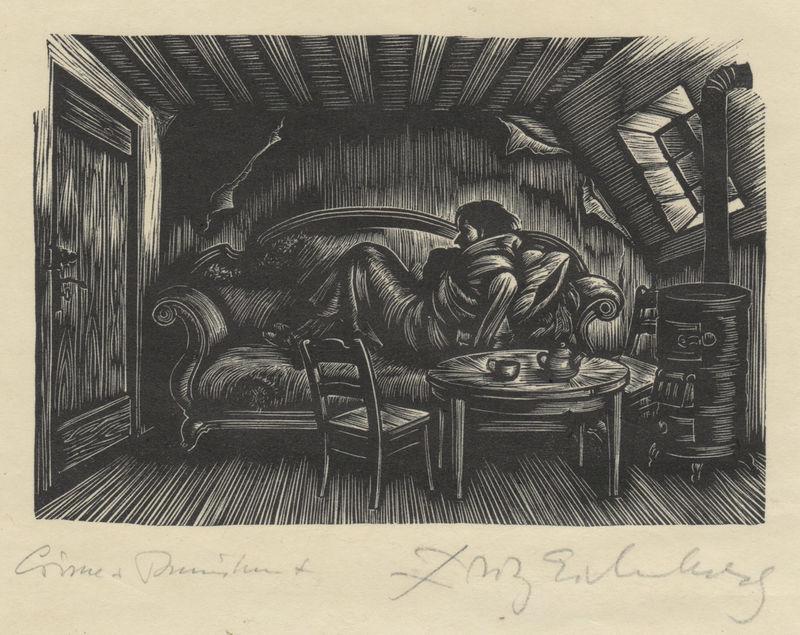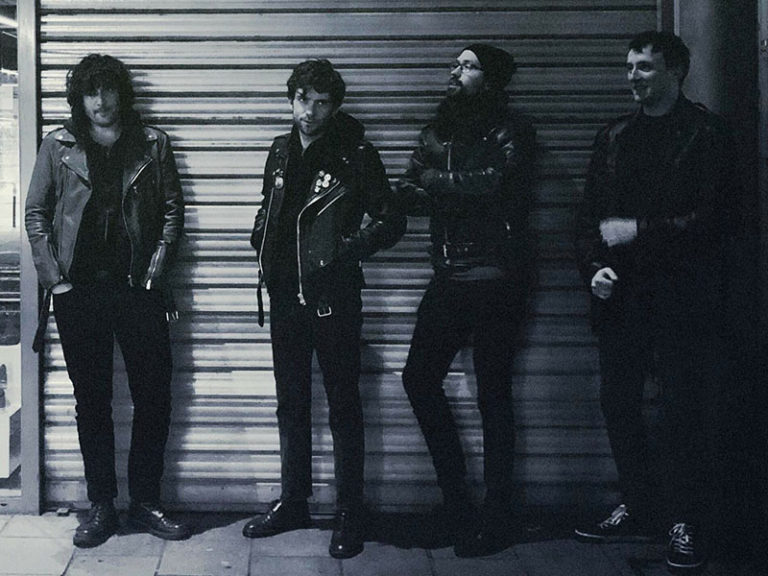

He confesses and is exiled to Siberia, but there, accompanied by the saintly Sonya, he finds peace and forgiveness.Ĭrime and Punishment is rightly hailed for its psychological depth and realism, but it has another claim to fame that makes it required reading, especially for Christians concerned about moral relativism’s devastating effects on the modern world. Eventually, though, he discovers he cannot so easily fool his conscience. Generations of French writers were inspired, captivated, or otherwise taken in-Balzac, Hugo, and Baudelaire Flaubert, Camus, and Foucault.Convinced of his superiority over the laws of God and man, Raskolnikov brutally murders a pawnbroker and her sister, purportedly to steal their money, but ultimately because he feels he has the right to do so. After his beheading, crowds visited a wax likeness of Lacenaire that featured his actual hair, and his mummified hand made the rounds in literary Paris. Admirers throughout France sent him letters and gifts-pâté, wine, fine chocolate. Reporters dug up anecdotes from his childhood and printed his old writings. Interviewers devoured his opinions about everything from Christianity to the proper disposal of corpses (a stew is involved). Fashionable women filled the front rows at his trial.

Lacenaire’s case inspired one of the earliest true crime fandoms. “I kill a man as I drink a glass of wine,” he told visitors who flocked to his prison cell. He had somehow touched that deep nerve of perverse freedom that runs through everyone. What was most revelatory about Lacenaire was neither the man himself nor his crime spree but the fact that Paris was so captivated by him. Stories like his are “more exciting than all possible novels because they light up the dark sides of the human soul that art does not like to approach.” Violence was acceptable in novels, but senseless, wanton violence seemed too unruly for art.

In 1861, Dostoevsky was looking for material for a magazine he was starting called Vremya, and Lacenaire’s story, which Dostoevsky helped translate into Russian for the publication, fit perfectly.* Lacenaire “is a remarkable personality, enigmatic, frightening, and gripping,” he told his subscribers in a note. The intersection of Dostoevsky’s life and the life of Lacenaire, which I chronicle in my new book, The Sinner and the Saint, was a crucial moment in the history of the novel.

It was crude, sensationalist, and irredeemable. It romanticized the murderer, doted on his courtroom theatrics, and barely glanced at his implicitly culpable victims-a con man of “infamous habits” (contemporary code for a man who consorted with other men) and the con man’s widowed mother, who presumably condoned her son’s behavior. This was the worst type of true crime story. Thanks for signing up! You can manage your newsletter subscriptions at any time.


 0 kommentar(er)
0 kommentar(er)
